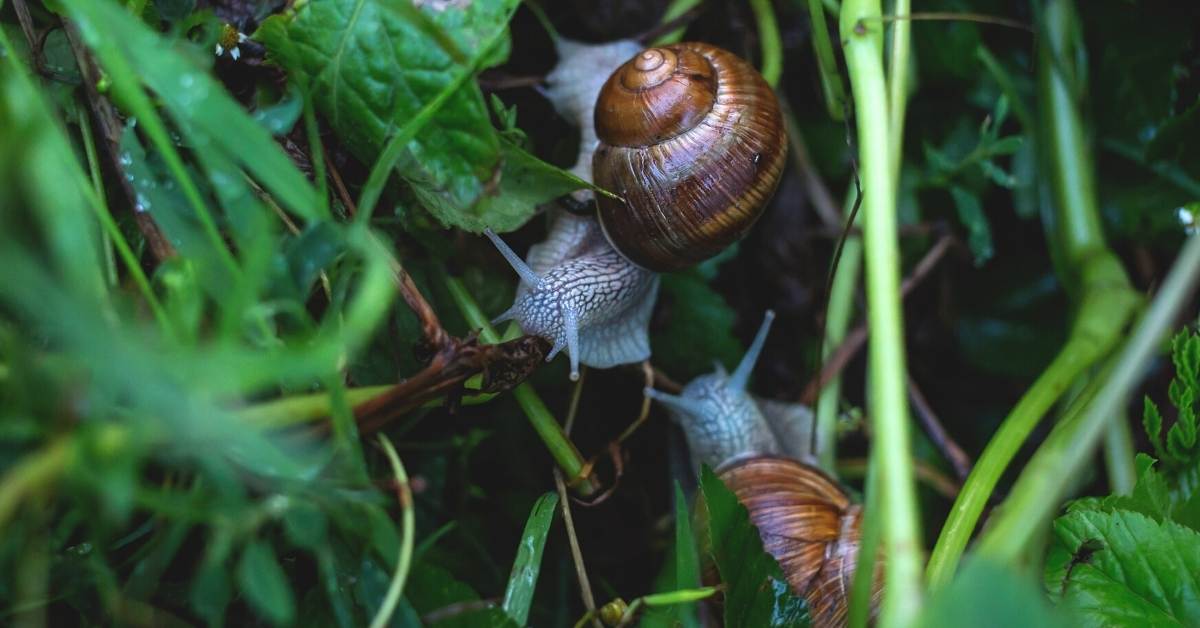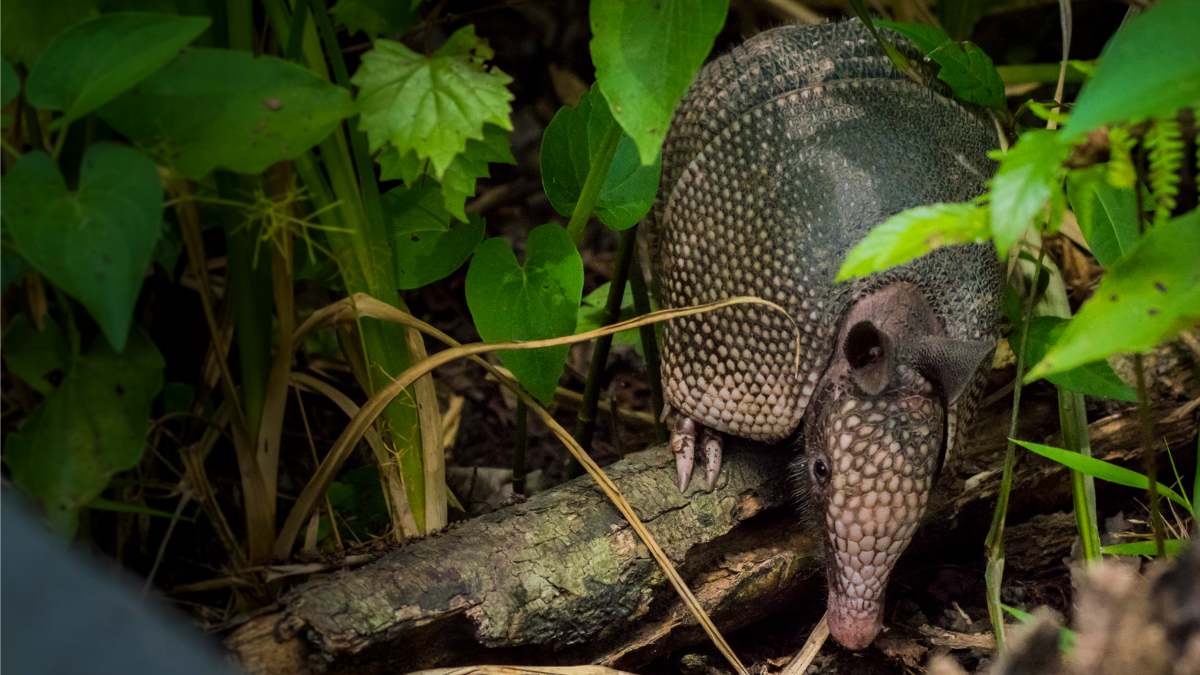Have you ever noticed white or brown patches on your peppers, tomatoes, or trees? If so, you might be dealing with sunscald, a common problem that affects many plants. Sunscald is caused by exposure to intense sunlight, which damages the plant tissues and reduces their quality and yield. Sunscald can also make plants more vulnerable to pests and diseases.
In this article, you will learn everything you need to know about sunscald, including how to identify it, how to prevent it, and how to treat it. Whether you are growing peppers and tomatoes in your garden or caring for trees in your landscape, you will find useful tips and advice to help you protect your plants from sunscald. By following these simple steps, you can enjoy healthy and beautiful plants all year round.
How to Prevent Sunscald on Peppers and Tomatoes
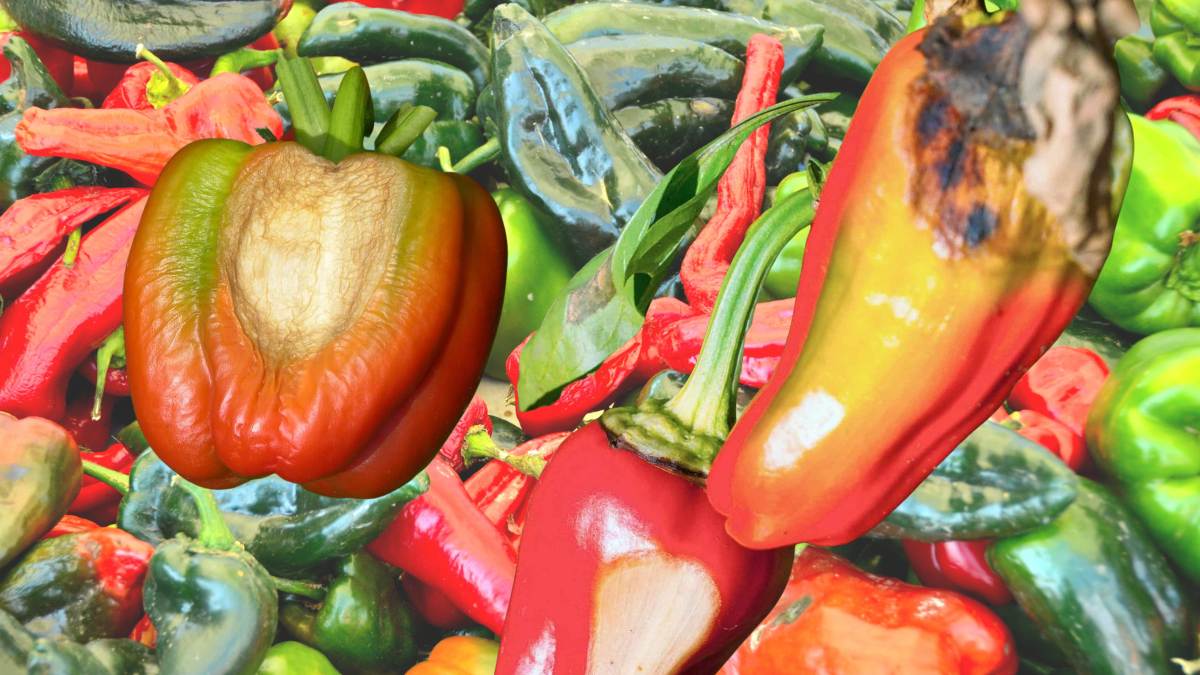
One of the best ways to avoid sunscald on your peppers and tomatoes is to prevent it from happening in the first place. There are several things you can do to reduce the risk of sunscald, such as:
- Watering your plants regularly and deeply. This will help them stay hydrated and healthy, and prevent them from wilting or stressing under the sun. Watering in the morning or evening is preferable, as watering during the day can cause water droplets to act like magnifying glasses and burn the leaves.
- Mulching your plants with organic materials, such as straw, grass clippings, or leaves. This will help retain moisture in the soil, regulate the temperature, and prevent weeds from competing with your plants. Mulching also protects the fruits from touching the ground and getting sunburned.
- Pruning your plants carefully and moderately. This will help improve air circulation and light penetration, and prevent overcrowding and disease. However, avoid over-pruning or removing too many leaves, as this can expose the fruits to too much sunlight and cause sunscald. Leave some foliage to provide shade and cover for the fruits.
- Shading your plants with nets, cloths, or screens. This will help filter out some of the harsh sunlight and reduce the heat stress on your plants. You can use stakes, hoops, or cages to support the shading materials, and adjust them as needed throughout the day. Shading is especially helpful during hot and sunny weather, or when your plants are young or newly transplanted.
How to Treat Sunscald on Peppers and Tomatoes
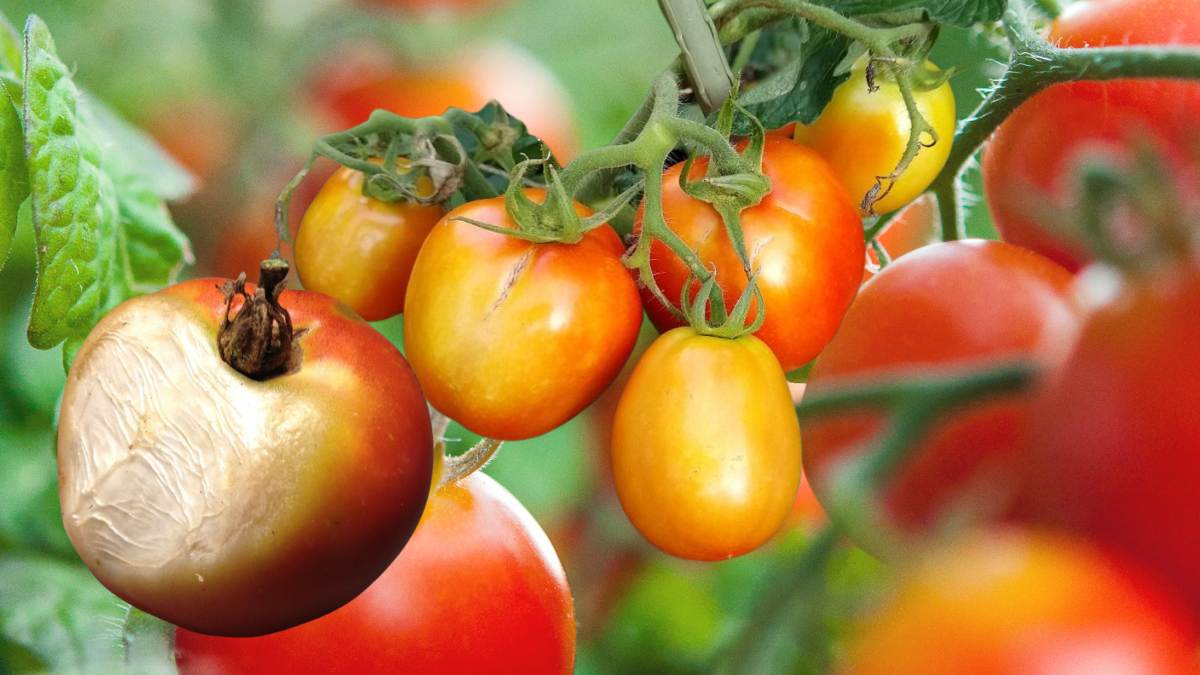
If you notice sunscald on your peppers and tomatoes, don’t panic. There are some things you can do to treat it and save your plants, such as:
- Trimming off the affected parts. This will help prevent the sunscald from spreading or getting infected by fungi or bacteria. Use clean and sharp scissors or pruners, and cut off the damaged tissues as soon as possible. Dispose of the trimmed parts properly, and avoid composting them or leaving them near your plants.
- Covering the exposed fruits with paper bags, newspaper, or cloth. This will help protect them from further sun damage and allow them to heal and ripen. Make sure the covering is loose and breathable, and check the fruits regularly for signs of rotting or pests.
- Removing the fruits completely. This may be necessary if the sunscald is severe or if the fruits are already ripe or overripe. You can still eat the fruits if they are not rotten or infected, but you may need to cut off the sunburned parts and use them quickly. Removing the fruits will also help your plants focus their energy on producing new and healthy fruits.
What are the symptoms of sunscald on trees?
It is not often possible to observe the first stages of tissue death in the trunk. The early signs, which will consist of discolored bark (similar to a canker) and some minor vertical cracks in the bark, can be difficult to understand because of their appearance.
Additionally, there is a possibility that the injured region would “bleed” throughout the spring. As time goes on, the bark of the tree will start to flake off. The latter stages of sunscald are easy to diagnose because the characteristic vertical fissure that extends all the way down to the internal wood (xylem) will be present.
It’s possible that the fissure’s edges may show signs of good wound repair, which will result in more exfoliation of the tree’s dead bark. It is possible to remove loose bits of bark, but you should be careful not to cut or rip into good tissue.
It is not recommended that pruning paints be used to the wound region. It is fairly unusual to see a number of different insects in the wound fissure; however, these should not cause a significant amount of anxiety. Extremely big sunscald wounds can be a factor in the mortality of a tree and indicate an area of the trunk that is at high risk for future failure (i.e., the trunk may break in this place).
How to Prevent Sunscald on Trees
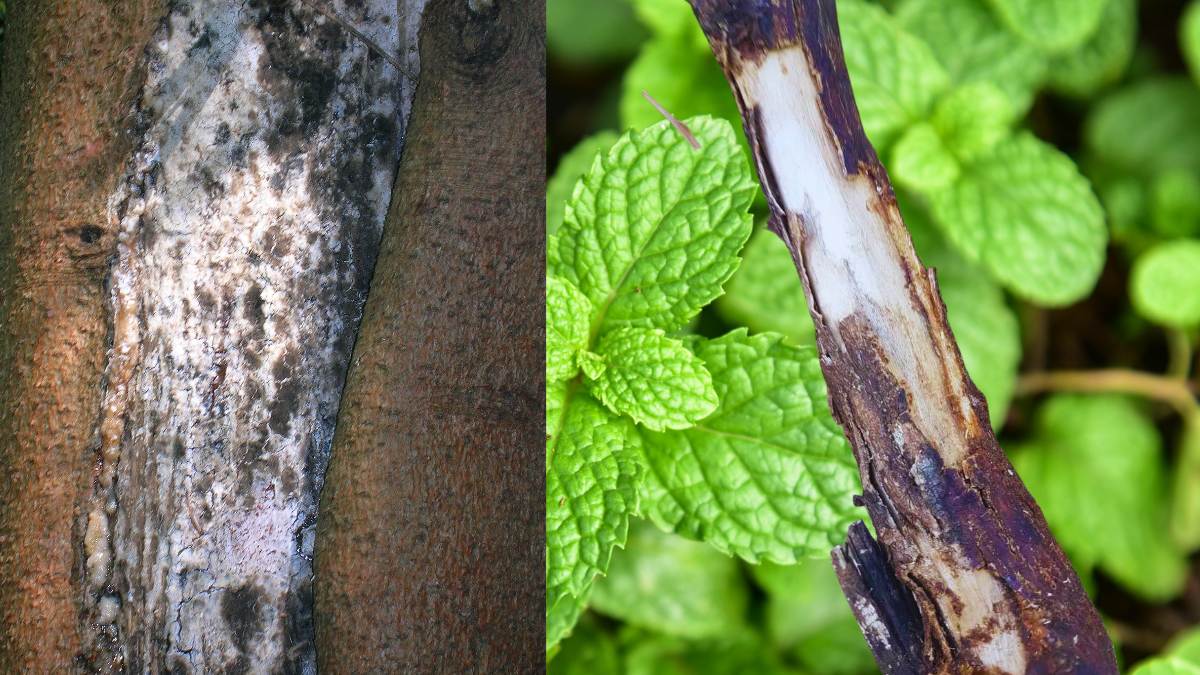
Trees are not immune to sunscald, either. In fact, sunscald can be a serious threat to the health and survival of your trees, especially in winter. Sunscald occurs when the bark of the tree is exposed to sudden changes in temperature, such as from freezing nights to sunny days.
This causes the bark to crack, split, or peel off, exposing the inner wood and cambium to the elements. Sunscald can also weaken the tree’s defenses and invite pests and diseases.
Fortunately, there are some ways you can prevent sunscald on your trees, such as:
- Wrapping the trunk and lower branches of the tree with a protective material, such as burlap, paper, or plastic. This will help insulate the bark from the temperature fluctuations and reflect some of the sunlight. You can wrap the tree in late fall or early winter, and remove it in early spring. Make sure the wrapping is snug but not too tight, and check it periodically for signs of damage or moisture.
- Painting the trunk and lower branches of the tree with a white or light-colored latex paint. This will help reflect some of the sunlight and reduce the heat absorption by the bark. You can paint the tree in late fall or early winter, and reapply it as needed. Make sure you use a non-toxic and water-based paint, and avoid oil-based or dark-colored paints.
- Planting other trees or shrubs around the tree to provide some shade and windbreak. This will help moderate the temperature and reduce the stress on the tree. You can choose plants that are compatible with your tree’s needs and preferences, and space them appropriately to avoid competition. Planting also benefits the soil, wildlife, and aesthetics of your landscape.
How to Treat Sunscald on Trees
If you discover sunscald on your trees, don’t lose hope. There are some things you can do to treat it and help your trees recover, such as:
- Pruning the damaged branches and twigs. This will help prevent the sunscald from spreading or attracting insects and fungi. Use clean and sharp tools, and prune the branches at the right angle and position. Prune only the dead or diseased parts, and avoid cutting into the healthy wood or cambium. Prune in late winter or early spring, when the tree is dormant and the wound can heal faster.
- Sealing the exposed wood and cambium with a wound dressing or a grafting compound. This will help protect them from further damage and infection. Apply the dressing or compound carefully and evenly, and cover the entire wound. Follow the instructions on the product label, and reapply as needed. Avoid using tar, paint, or other substances that can harm the tree or interfere with its healing process.
- Grafting a new bark over the wound. This may be necessary if the sunscald is extensive or if the tree is valuable or rare. You can use a bark graft, a bridge graft, or a patch graft, depending on the size and shape of the wound. You will need a healthy bark from the same species of tree, and some tools and materials to perform the grafting. Grafting is a delicate and complex procedure, so you may want to consult a professional arborist or a reliable guide before attempting it.
Conclusion
Sunscald is a common and preventable problem that affects peppers, tomatoes, and trees. It is caused by exposure to intense sunlight, which damages the plant tissues and reduces their quality and yield. Sunscald can also make plants more susceptible to pests and diseases.
In this article, you learned how to identify sunscald, how to prevent it, and how to treat it. You learned the importance of proper watering, mulching, pruning, and shading for your peppers and tomatoes, and the importance of wrapping, painting, or planting for your trees. You also learned the options for trimming, covering, removing, sealing, or grafting the affected parts of your plants.
By following these simple steps, you can protect your plants from sunscald and enjoy healthy and beautiful plants all year round. If you have any questions or comments about sunscald, feel free to share them below. Happy gardening!
FAQ
What is the difference between sunscald and sunburn?
Sunscald and sunburn are similar terms that refer to the damage caused by exposure to intense sunlight. However, sunscald usually affects the fruits or the bark of the plants, while sunburn usually affects the leaves. Sunscald can also occur in winter, when the temperature changes rapidly, while sunburn usually occurs in summer, when the temperature is high.
How can I tell if my plants have sunscald?
Sunscald can be identified by the appearance of white or brown patches on the fruits or the bark of the plants. The patches may be soft, dry, or cracked, and may peel off or fall off. The patches may also become infected by fungi or bacteria, and show signs of rotting or oozing. Sunscald can affect any part of the plant that is exposed to direct sunlight, but it is more common on the south or west sides.
How can I prevent sunscald from happening again?
The best way to prevent sunscald from happening again is to provide adequate shade and protection for your plants. You can use nets, cloths, or screens to filter out some of the sunlight and reduce the heat stress on your plants.
You can also use organic materials, such as straw, grass clippings, or leaves, to mulch your plants and keep the soil moist and cool. You can also water your plants regularly and deeply, and prune them carefully and moderately. For your trees, you can wrap or paint their trunks and lower branches in late fall or early winter, and plant other trees or shrubs around them to provide some shade and windbreak.
